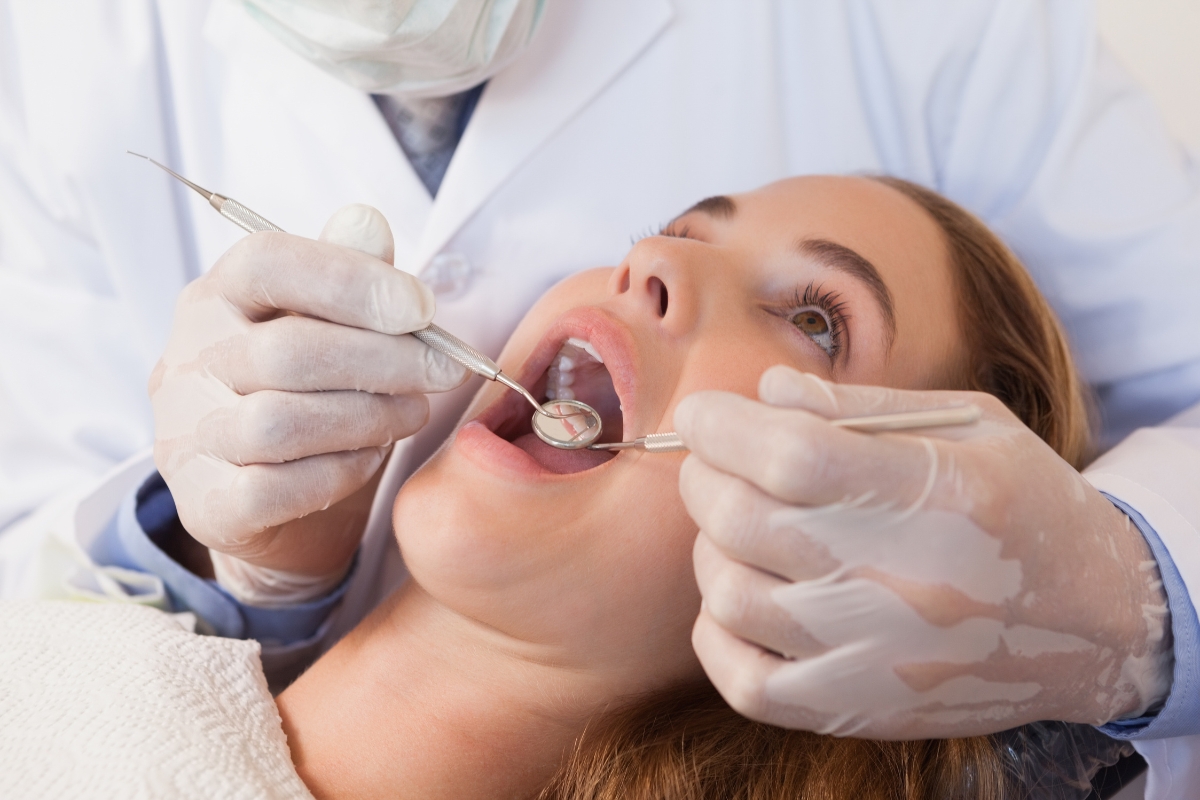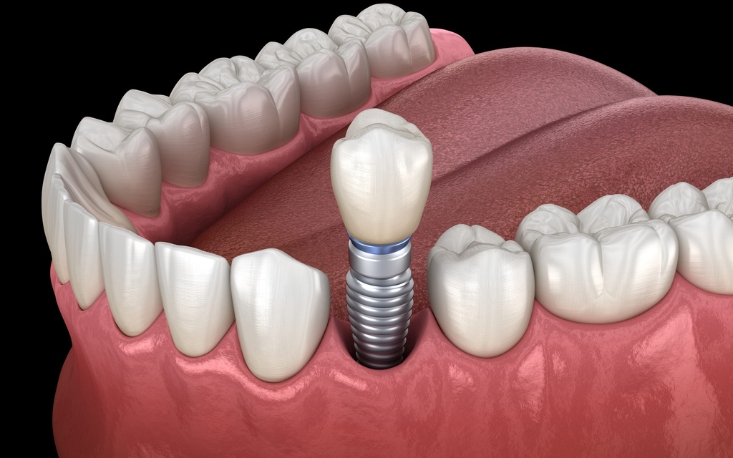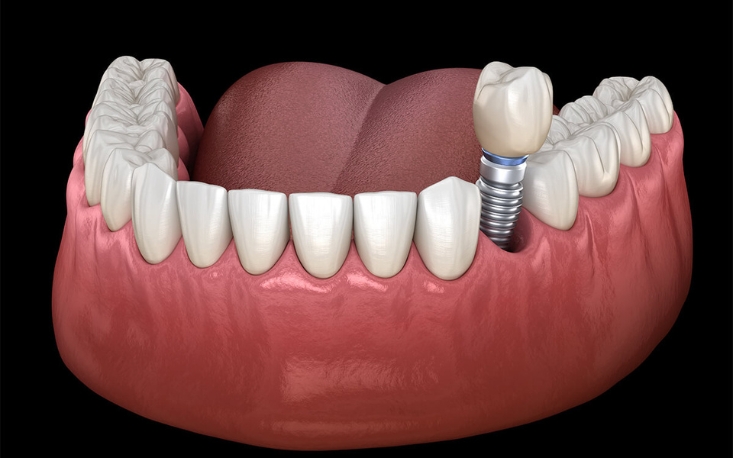Eating with Dental Implants: What You Need to Know
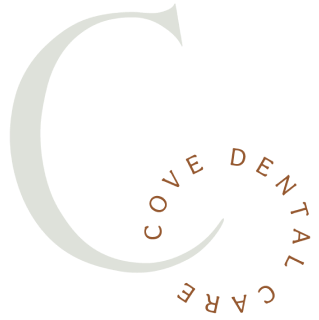
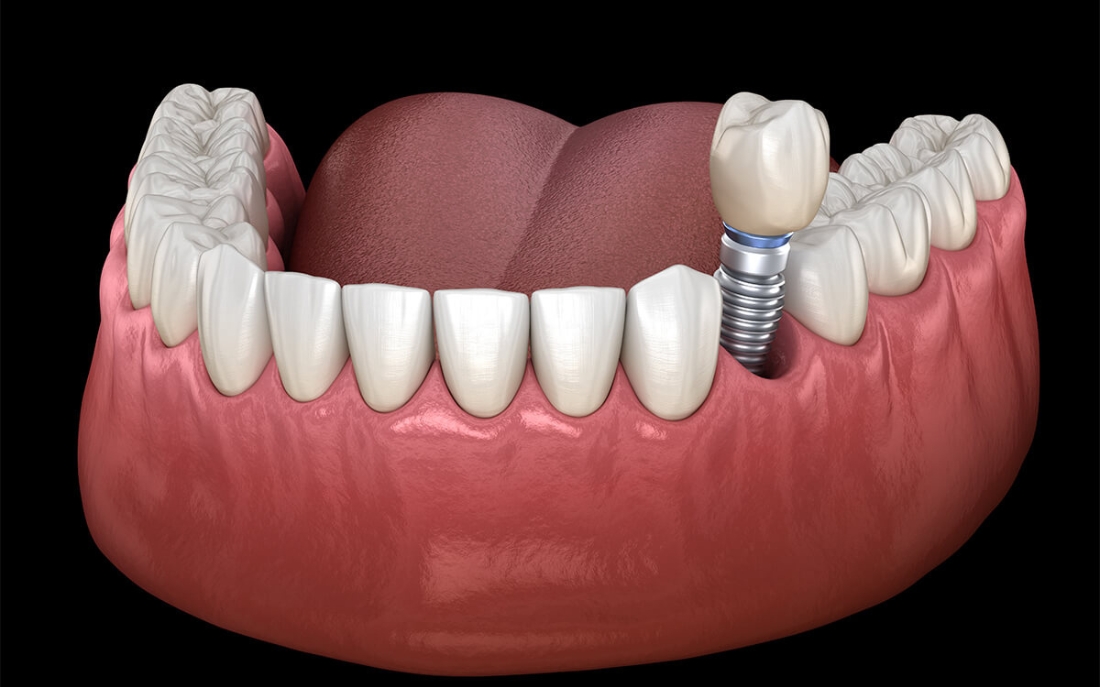
Dental implants are a revolutionary tooth replacement option, offering a natural look, superior functionality, and long-lasting durability. But what about eating? Can you enjoy all your favorite foods after getting dental implants? The answer is a resounding yes, but there are some things to keep in mind, especially during the healing process. This comprehensive guide will equip you with all the knowledge you need to navigate the delicious world of food with your new dental implants. We’ll explore what to expect after surgery, what foods to prioritize (and avoid!), and helpful tips for long-term implant care. So, grab your fork and dive in!
The Healing Journey
The success of your dental implants Greer hinges on proper healing after the placement surgery. During this time, your body will be busy integrating the implants with your jawbone, creating a strong and stable foundation. To ensure smooth sailing, your dentist will recommend a specific dietary regimen.
The First Few Days: Soft Food Symphony
Immediately following surgery, your mouth will likely be tender and swollen. Don’t worry; this is completely normal! To minimize discomfort and promote healing, stick to a cool liquid diet for the first 24-48 hours. Think refreshing smoothies, chilled soups, and yogurt.
Weeks 1-2: Embracing Soft Delights
As the swelling subsides, you can gradually introduce soft foods. Here’s where your culinary creativity can shine! Here are some delicious and nutritious options:
- Mashed Delights: Imagine velvety smooth mashed potatoes infused with the earthy sweetness of roasted garlic or the tangy zip of chives. Don’t be afraid to experiment! Add roasted vegetables like carrots, peas, or broccoli for a vibrant medley of textures and colors.
- Scrambled Symphony: Soft, fluffy scrambled eggs are a canvas for your creativity. Ditch the plain Jane version and elevate your breakfast with chopped fresh herbs like dill or chives, or add a sprinkle of crumbled feta cheese for a touch of savory indulgence.
- Fruity Bliss: Nature’s candy! Soft fruits like ripe bananas, juicy berries, and plump mangoes offer a burst of sweetness and essential vitamins. Blend them into a smoothie for a cool and refreshing treat, or top them with a dollop of whipped cream for a decadent afternoon snack.
- Flaky Fish Feast: Well-cooked fish like poached salmon or cod flakes beautifully, providing a gentle protein boost. Dress it up with a simple lemon and dill sauce or a creamy yogurt-based dressing for a satisfying and flavorful meal.
- Shredded Chicken Sensations: Tender shredded chicken is a versatile ingredient. Toss it with a light teriyaki sauce and fluffy white rice for an Asian-inspired delight, or incorporate it into a creamy chicken noodle soup for a comforting classic.
Beyond Week 2: Reintroducing Texture
After a couple of weeks, with your dentist’s approval, you can cautiously start incorporating more textured foods back into your diet. Remember, moderation is key! Here’s how to navigate this exciting phase:
- Start Slow: Begin with softer textures like cooked vegetables and cut-up meats.
- Listen to Your Body: Chew slowly and pay attention to any discomfort. If something feels too tough, cut it into smaller pieces or save it for another time.
- Embrace Variety: Include a mix of soft and slightly firmer foods to ensure you’re getting all the essential nutrients.
Foods to Limit or Avoid After Dental Implant Surgery
Following dental implant surgery, while you’re excited about your new smile, it’s important to prioritize gentle care for optimal healing and long-term success. Here’s a breakdown of some food groups to be mindful of during this recovery period:
Foods That Can Put Your Implants to the Test
Nuts, Hard Candy, and Popcorn Kernels: These unforgiving snacks pose a double threat. Their rigidity can exert excessive pressure on the implant site, potentially causing damage to the implant itself or the surrounding bone. Additionally, popcorn kernels have a knack for finding their way into nooks and crannies. As a result, they are difficult to remove and potentially irritate the delicate surgical area.
Raw Vegetables: While undeniably nutritious, raw vegetables like carrots, celery, and apples require significant chewing force. This extra effort can put a strain on the implant and disrupt the healing process. Opt for steamed or cooked alternatives that are softer and easier on your mouth.
Foods That Can Linger and Cause Trouble
Caramels, Taffy, and Chewy Candies are delightful treats that have a downside- their adhesive nature. They can cling to the implant and surrounding tissues, creating a breeding ground for bacteria and increasing the risk of infection. It’s best to avoid these entirely until your dentist Greer gives you the green light.
Spicy Dilemmas
While not completely forbidden, very spicy dishes can irritate the sensitive tissues around the implant, leading to discomfort and potentially delaying healing. If you can’t resist a touch of heat, opt for milder spices or gradually reintroduce them to your diet as your mouth heals.
Foods with High Acidity
Fruits like grapefruits, oranges, and unripened tomatoes are packed with vitamin C, which is great for overall health. However, their acidity can have a temporary weakening effect on the bond between the implant and the surrounding bone. This doesn’t mean you have to ditch them entirely. Enjoy them in moderation, perhaps diluted in water or yogurt, and rinse your mouth thoroughly afterward to neutralize the acid.
Long-Term Implant Care: A Bite-Sized Guide
Congratulations on your new dental implants! They’re a fantastic investment in your oral health and confidence. With proper care, your implants can last a lifetime, allowing you to savor all your favorite foods without worry. Here’s a bite-sized guide to ensure your implants thrive for years to come:
Fuel Your Smile with a Balanced Diet
Just like any other part of your body, your implants thrive on a balanced diet rich in essential nutrients. Think colorful fruits and vegetables packed with vitamins and minerals and fiber-rich whole grains for sustained energy. Also, lean protein sources like fish, chicken, or beans should be considered to build strong bone tissue around the implants. This well-rounded approach provides the building blocks your body needs to keep your implants healthy and strong.
Treat Your Implants with Care
Your implants are amazing, but they’re not superhuman. Avoid using them for tasks they weren’t designed for. This means resisting the urge to open packages with your teeth, crack nutshells with a bite, or chew on ice cubes. These actions can put immense stress on the implants and potentially damage them, leading to costly repairs or even implant failure.
Brushing and Flossing
Excellent oral hygiene is paramount for the long-term success of your implants. Brushing twice a day with a soft-bristled brush and flossing daily removes plaque and bacteria that can build up around the implant and lead to peri-implantitis, an infection similar to gum disease. This not only protects your implants but also keeps your breath fresh and your smile healthy.
Regular Dental Checkups
Remember to underestimate the power of regular dental checkups! Think of them as preventive maintenance for your implants. During these visits, your dentist will thoroughly examine your implants and surrounding tissues, checking for any signs of infection, loose implants, or other potential problems. Early detection is crucial for successful treatment and can save you time, money, and discomfort down the line.
While dental implants offer a fantastic solution for replacing missing teeth, a brief adjustment period is necessary to ensure proper healing. By following dietary guidelines and practicing mindful eating, you can soon enjoy a full range of foods again. Remember, consulting your dentist for personalized advice is key to optimizing your recovery and maximizing the longevity of your implants.
